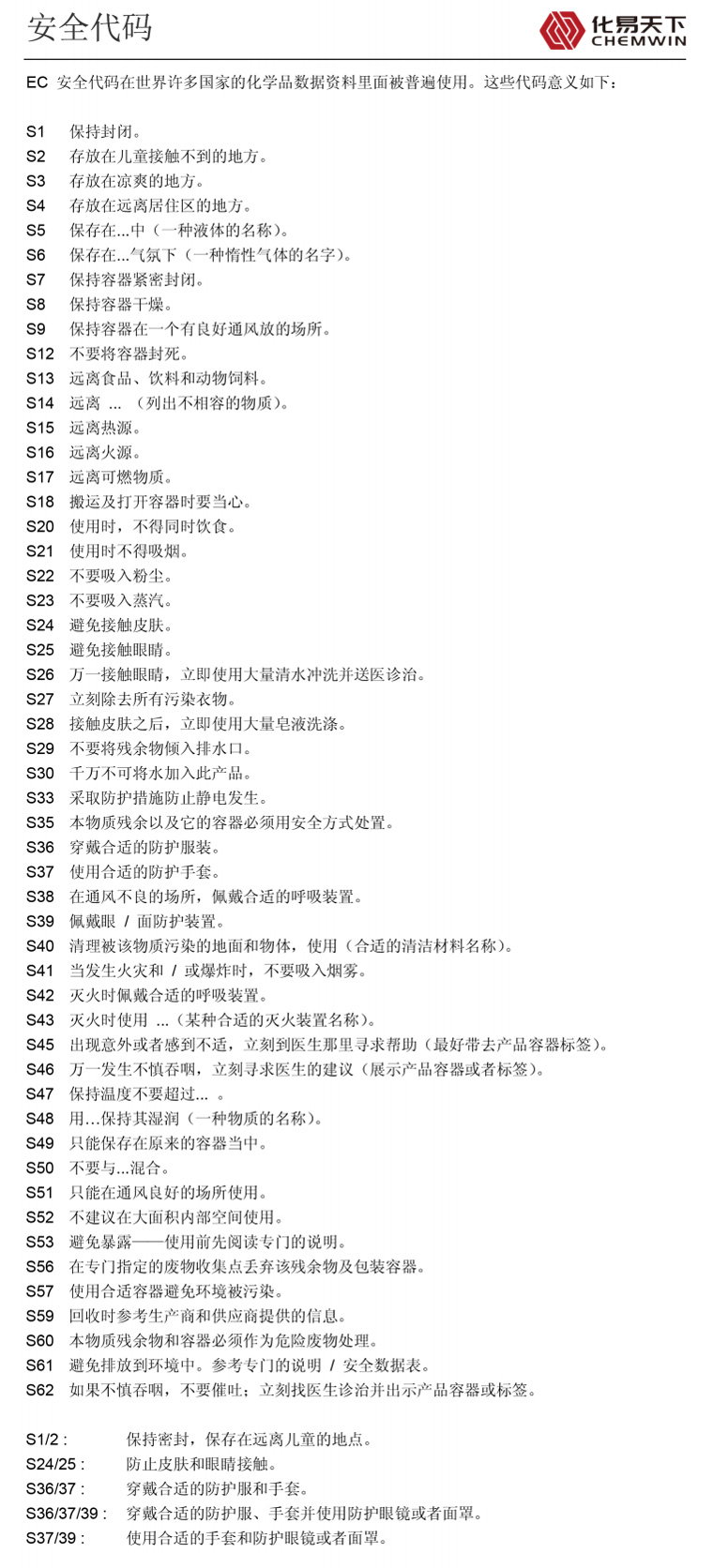1. Industrial production methods include wet method and thermal method. The former has a low concentration of phosphoric acid and contains more impurities, which requires purification. For example, using ketone-alcohol mixture as the extraction system to refine wet-process phosphoric acid, and through the process of extraction-washing-back extraction and barium salt precipitation purification, 85% of the qualified industrial phosphoric acid has been produced. The latter produces phosphoric acid with high concentration and purity, but with high power consumption and high investment and cost.
Wet Method is made by decomposing phosphate rock with acid. This method is divided into sulfuric acid method, hydrochloric acid method, nitric acid method and ammonium hydrogen sulfate method. Sulfuric acid method is commonly used. Because of the different reaction temperature and the concentration of phosphoric acid produced by sulfuric acid method, there are three different forms of calcium sulfate crystals in aqueous phosphoric acid solution, which are divided into "dihydrate" process, "semi-hydrate" process, "Anhydrous" process, in recent years, "semi-water-two water" process and "two water-half water" process have also appeared.
2. Wet (sulfuric acid method) dihydrate process pulverizes phosphate rock to 80~100 mesh, adds extraction tank, and adds light phosphoric acid and reflux acid to maintain the liquid-solid ratio of slurry (2.5~3.5):1 (weight ratio), and adjust the concentration of phosphoric acid. Add 102%~ 104% of the theoretical amount of sulfuric acid into the extraction tank, and carry out extraction reaction with phosphate rock powder at 75 ~ 85℃ for 4~8 hours. After the reaction slurry is filtered, the filtrate is phosphoric acid, and the concentration is generally 20% ~ 25% p205. One part of the slurry is returned to the extraction tank to adjust the liquid-solid ratio, and the other part is sent to evaporation and concentration to prepare the finished phosphoric acid product. Its

the filter residue is discharged after washing for many times, and its phosphogypsum is used to make the raw material of sulfuric acid, and the washing liquid is returned to the extraction tank.
The production of thermal thermal phosphoric acid includes acid cooling process, water cooling process and spray demisting process, which are described as follows:
the acid cooling process melts yellow phosphorus into liquid in the molten phosphorus tank, sends it to people through the phosphorus nozzle to burn the hydration Tower, and atomizes the phosphorus with compressed air (primary air) at the same time, the phosphorus is oxidized and burned to generate phosphorus pentoxide. In order to completely oxidize phosphorus, additional supplement secondary air at the top of the tower. Sprinkle circulating phosphoric acid at 30 ~ 40℃ along the tower wall at the top of the tower to cool phosphorus pentoxide gas and synthesize phosphoric acid with water at the same time. The discharged gas enters the electric demister to recover the phosphoric acid, and after cooling to 30 ~ 40℃, most of the circulating phosphoric acid is returned to the combustion hydration Tower, and a small part is used as the finished phosphoric acid. Its

after the yellow phosphorus is melted by the water cooling process, the liquid phosphorus is sent to the combustion chamber by a pump, and the phosphorus is atomized by compressed air at the same time, and the secondary air is added to oxidize the phosphorus in the combustion chamber. The temperature of the generated gas is about 800℃, and it is cooled with water outdoors to keep the wall temperature 80 ~ 125℃. The gas coming out of the combustion chamber enters the gas cooler made of graphite. When the gas is cooled to 80℃, it enters the hydration Tower, and it is divided into three layers of splash water cooling in the tower, and the finished product of phosphoric acid is synthesized by water. The tail gas is cooled below 100℃ and discharged into the atmosphere through electric demister.
Spray demisting process sends liquid yellow phosphorus into the combustion hydration Tower through phosphorus nozzle, and atomizes phosphorus with compressed air at the same time. Phosphorus pentoxide generated by combustion immediately forms phosphoric acid mist with water. After the acid mist is cooled by the heat exchanger, it is sprayed demister to attract people. The acid mist collides at the throat of the ejector, aggregates into large particles, and then recovers it in the cyclone separator, and prepares 85%H3PO4 to produce the finished product of phosphoric acid.
3. The production method uses industrial phosphoric acid produced by thermal reduction as raw material, heats it to about 80℃, then passes hydrogen sulfide gas to saturation, and sets it in a closed and static place to completely precipitate arsenic sulfide and lead sulfide and filter it. The filtrate is heated to no more than 150 °c and evaporated to remove hydrogen sulfide and hydrogen chloride gas and concentrate until the relative density is equal to 1.90. If you need to further improve the quality, you can dilute the above phosphoric acid with water to a relative density of less than 1.06, filter, evaporate, concentrate to a relative density of 1.70(20℃) , cool, what is obtained is loose aqueous reagent phosphoric acid.
4.① after gasification, yellow phosphorus is oxidized by introducing air or overheated water vapor to generate phosphorus pentoxide, which is absorbed by water and obtained by removing arsenic. ② use nitric acid to oxidize phosphorus. ③ tricalcium phosphate (Ashes) is co-heated with dilute sulfuric acid. After decomposition, the filtrate is filtered out and then concentrated.
 Mainly
Mainly

 Polyurethane
Polyurethane

 Fine Chemical
Fine Chemical






 Inquiry
Inquiry  Communicate Now
Communicate Now 









.png)



